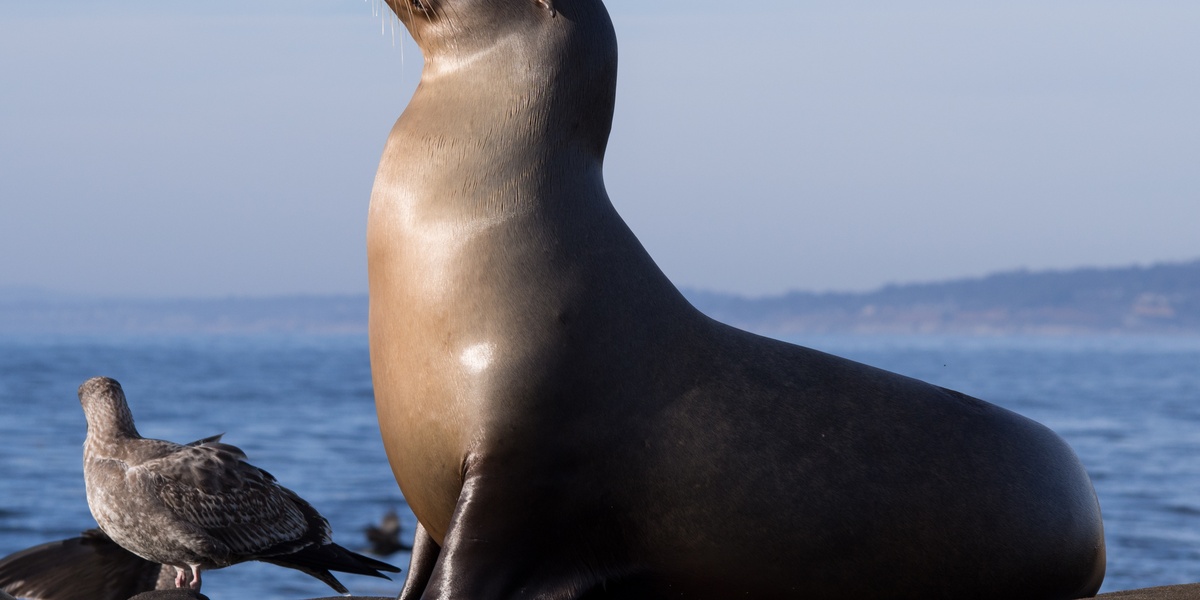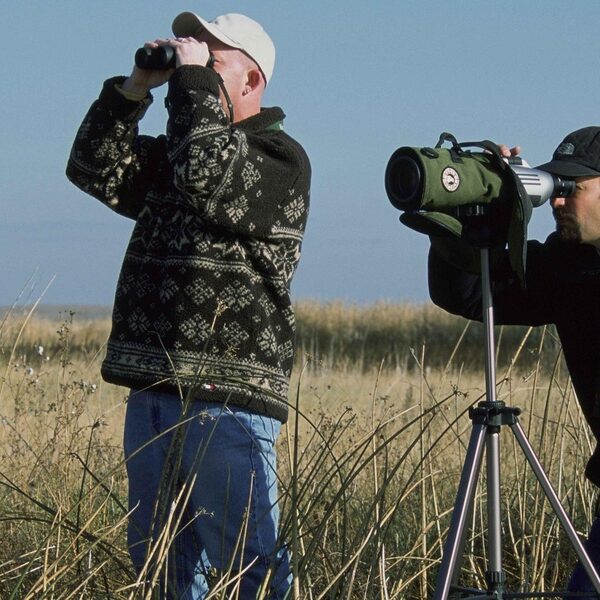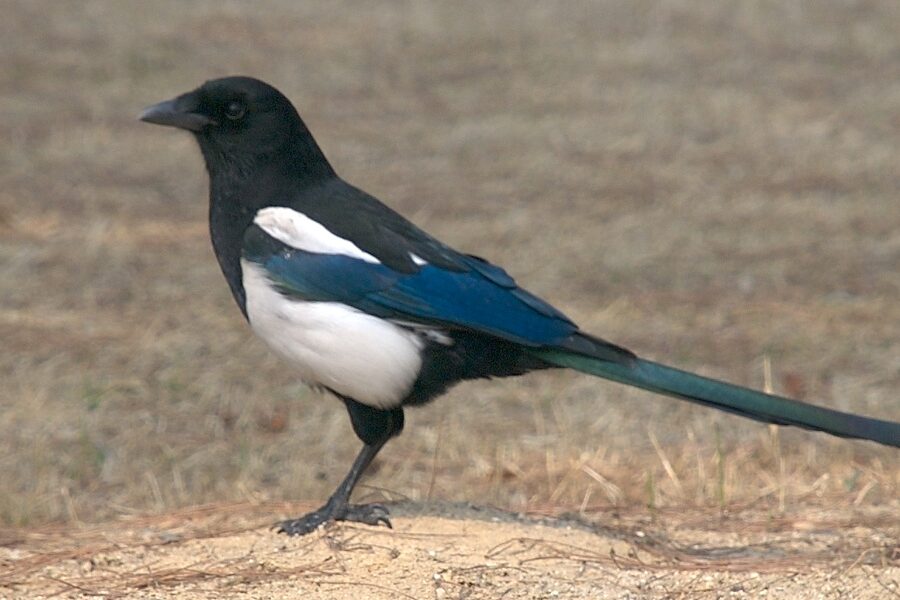When the Loma Prieta earthquake struck on April 18, 1989, San Francisco’s Pier 39 suddenly became home to a flotilla of hauled-out California sea lions — a sight that transformed them from passing visitors into waterfront celebrities overnight.
People tend to latch onto individual animals because names make wildlife relatable: a named animal becomes a teaching tool, a fundraising face, and a local talking point. That human connection can boost conservation interest and tourism, but it also brings management challenges when curious crowds draw too close.
Below are five memorable sea lion stories — from the Pier 39 haul-out to a rescue-turned-icon — each with the animal or group, the backstory, the effect on people and policy, and one clear takeaway: Pier 39 personalities; a long-staying harbor favorite; an aquarium ambassador; a performing star; and a rescue-turned-icon — five famous sea lions (and their names) whose stories stuck with communities.
Public icons and waterfront celebrities
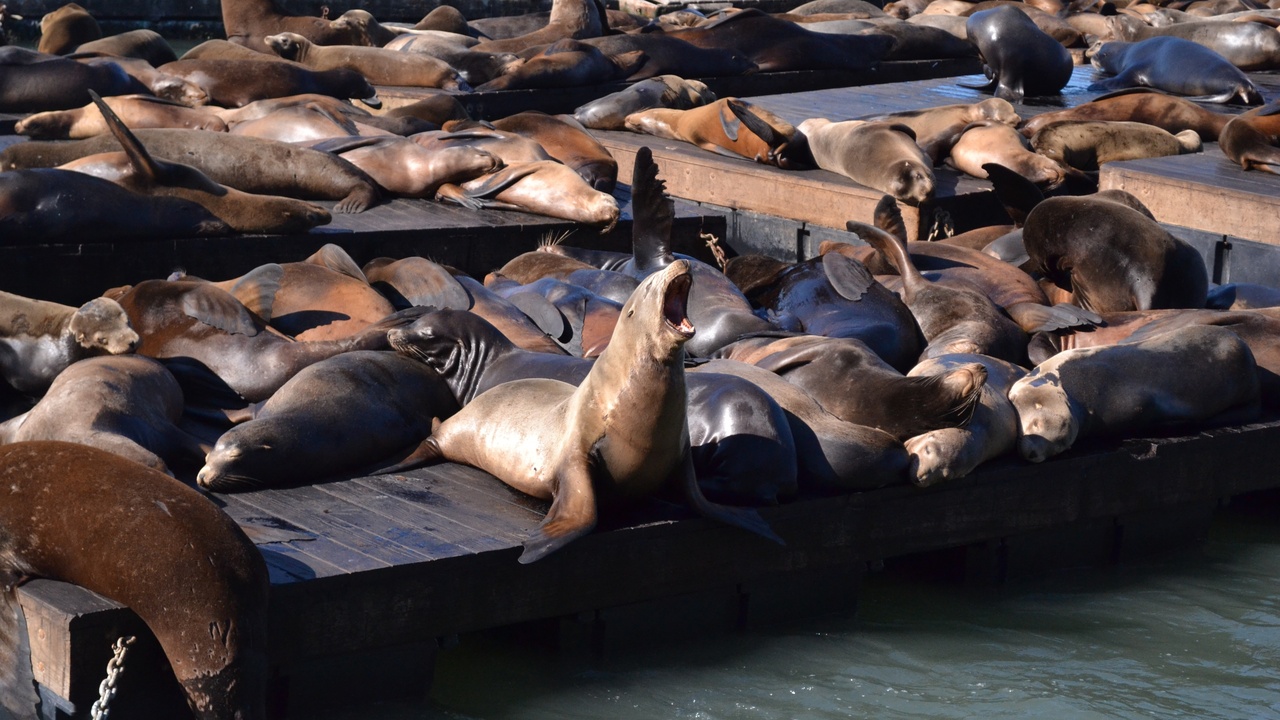
When marine mammals choose docks, jetties, or shallow harbor floats as regular haul-out spots, they become visible to thousands of people every year. That visibility is the main ingredient of celebrity: easy public viewing invites repeated encounters, social-media sharing, and local press attention.
Local businesses and tourism boards often notice a spike in interest around well-known haul-outs, and that attention can fund interpretive signs, guided talks, and volunteer monitoring programs.
But there’s a trade-off: approachable wildlife draws people who don’t always respect safe viewing distances, and managers must balance visitor access with animal welfare and disturbance avoidance.
Media coverage and visitors’ posts amplify simple nicknames into shared cultural icons, turning a single persistent animal or a whole colony into symbols of a place.
1. The Pier 39 sea lions — the haul-out that became a symbol
The Pier 39 sea lions are among the most famous sea lions in the U.S., and their surge onto the marina’s floats after the April 18, 1989 Loma Prieta earthquake is the origin story most residents recall. What began as a sudden arrival by numerous California sea lions quickly became an enduring attraction.
Local reporting at the time documented the first weeks of intense attention, and municipal and tourism organizations later incorporated the animals into Pier 39’s interpretive offerings. Visitor programs and signage now explain haul-out behavior and how to watch from a distance.
For the surrounding businesses and guides, the haul-out strengthened Pier 39’s appeal and gave educators a living demonstration of marine mammal behavior right in the city’s backyard.
2. A named pier or harbor favorite (example: a long-staying individual)
Sometimes a single sea lion returns to the same slip or quay season after season and earns a local nickname. That site fidelity makes the animal easy to identify and turns it into a community fixture.
Harbor masters, port staff, and regular visitors often document an individual’s presence on social media timelines or in local newspapers, creating a searchable record of tenure that outreach teams can use for storytelling.
Managers typically respond by adding educational signage, modest barriers, or marked viewing points to protect both the animal and people; the animal becomes a natural ambassador for harbor rules and safe coexistence.
Takeaway: a resident sea lion can be a steady, approachable way to build local stewardship — provided viewing protocols and staffing keep disturbance low.
Performers, ambassadors, and animals in human care
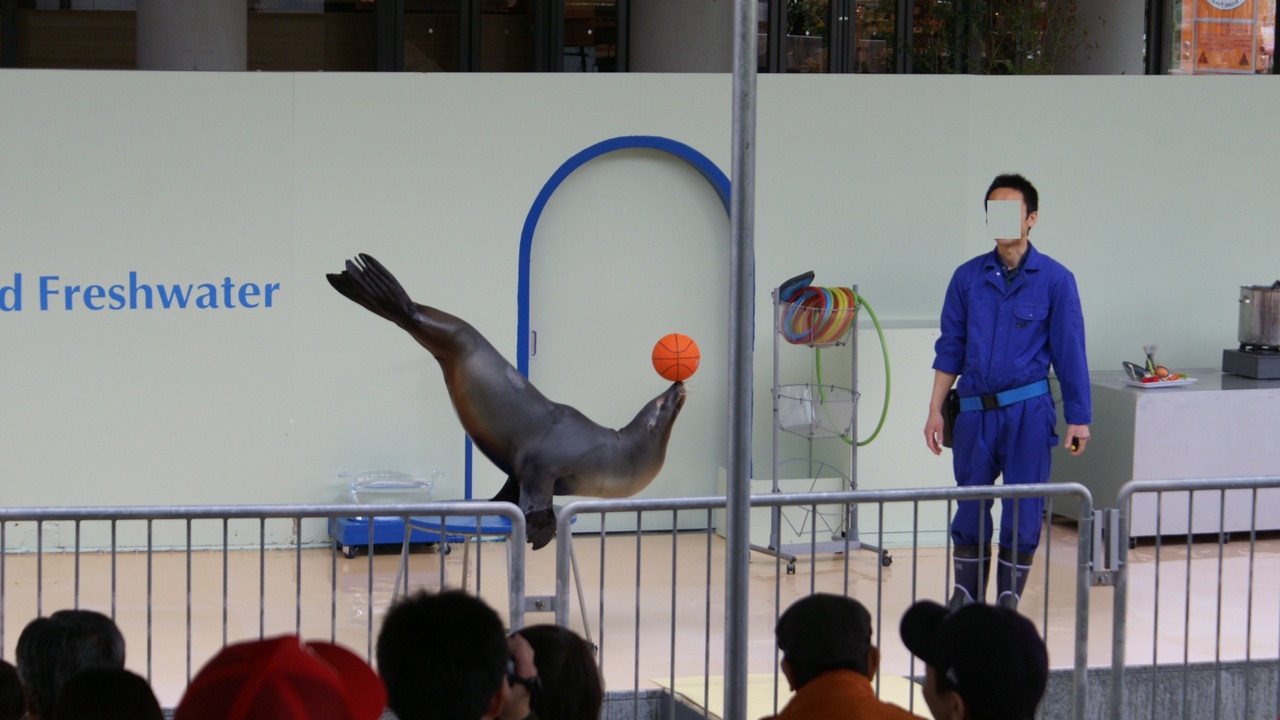
Sea lions in human care — at aquariums, marine parks, and rehabilitation centers — have well-documented names and histories, because institutions keep formal records and issue press releases when milestones happen.
Places like SeaWorld (founded 1964) and Monterey Bay Aquarium (opened 1984) provide context for how public displays and education programs brought pinnipeds into public awareness over decades.
Ambassador animals perform on predictable schedules, support fundraising and membership drives, and often contribute to husbandry and behavioral research that improves care across institutions.
Still, ethical and welfare considerations have shifted public expectations about performing animals, and modern programs emphasize enrichment, education, and species-focused messaging over pure entertainment.
3. A famous aquarium ambassador — a named learner and teacher
Aquarium ambassadors carry an institution’s education mission into schools and community events, with staff logging outreach hours and visitor interactions so the impact is measurable.
Institutions routinely issue press releases when an ambassador retires or reaches a milestone, and those notices often include numbers — outreach events held, students reached, or special research contributions.
Ambassador programs help demystify marine mammals: audiences learn about diet, vocalizations, and threats such as entanglement, and that knowledge can translate into donations and volunteer sign-ups.
Takeaway: named ambassadors make species-level conservation tangible for thousands of learners each year, giving institutions a consistent voice in their communities.
4. A performing star — entertainment, training, and scrutiny
Performing sea lions have long been crowd-pleasers; training produces predictable behaviors that delight audiences but also invites scrutiny about captivity and animal welfare.
High-profile media investigations and documentaries in the 2010s reshaped public sentiment toward marine mammal performances, prompting some parks to change show formats, update care standards, or refocus programming on rescue and rehabilitation stories.
Performing animals did raise the profile of pinnipeds for many people, but the conversation shifted toward ensuring that education, enrichment, and measurable welfare outcomes drive any public-facing program.
Takeaway: performances can build huge name recognition, but modern audiences increasingly demand transparent welfare practices and conservation value.
Rescue, rehabilitation, and conservation heroes

Rescued and rehabilitated sea lions often become public-facing conservation stories because naming a patient personalizes the science and encourages donations. Organizations such as The Marine Mammal Center and NOAA Fisheries publish case histories that show how individual animals contribute to broader knowledge.
Rehab centers frequently keep public case logs that note admission reasons (entanglement, malnutrition, disease), treatment timelines, and release outcomes, which helps tell clear, verifiable stories about recovery and human impacts.
Those stories can lead to concrete outcomes: fundraising drives for medical equipment, policy attention on marine debris and fishing gear, or increased volunteer applications for monitoring programs.
5. A rescue-turned-icon — a named patient that raised awareness
Some individual patients become emblematic of a larger problem: an entangled pup whose photos run in regional papers, a malnourished juvenile whose rehabilitation tour raises thousands for the hospital, or a case that prompts safer boating advisories.
Rescue press releases typically list admission date, treatments provided, and release or transfer outcomes, and those timelines make effective narratives for media and funders.
Beyond sentimental value, these named cases can be catalysts: they inspire public campaigns against plastic, spur changes in local fishing practices, and convert casual watchers into donors or citizen scientists.
Takeaway: a single rescue story, clearly documented and responsibly told, can move people to support systemic change that benefits whole populations.
Summary
- Naming animals deepens public connection and often increases support for conservation and education efforts.
- Wild celebrities, ambassadors in human care, and rescue patients follow different fame paths, each with distinct benefits and responsibilities.
- Concrete outcomes from these stories include interpretive programs, fundraising boosts, and policy attention to threats like entanglement and disturbance.
- Visit marine mammals responsibly: observe posted distances, follow harbor guidelines, and report injured or entangled animals to local authorities or NOAA Fisheries.
- Support reputable organizations such as The Marine Mammal Center and your local aquarium to help fund rehabilitation, research, and education.
